Just a few days ago, a 3D modeling company brought over their cameras and tripods to scan the ins and outs of the property (my architect in California will use the data to visualize the site since he can’t visit in person). I’ll share more about this important step soon, but recently, I’ve been reflecting much more on the manual clean-up required to prepare for the scan.
Whenever I would encounter other forms of life up there, like lizards, spiders, and even orange slime molds, my fight or flight responses would kick in, my pupils would dilate, and my body would rush with adrenaline. In our safe, manufactured cities, I rarely needed to turn on these instincts. But up in the mountains, I have found myself gaining a greater awareness of and connection to my natural surroundings.
One day, I pulled a heavy cabinet off the front lawn and uncovered the shelter of not one, but two Japanese pit vipers (mamushi). As it turns out, mamushi are one of two venomous snakes in Japan. I had probably walked past them daily for weeks without even knowing it! They have since slithered away in retreat, but I’m sure they’re not too far.
Equally startling to me was my encounter with a pair of rodents. I had just finished removing a stack of rotten wood and was sweeping up the remaining heavy debris. Resting beneath this layer of debris were two newly-born mice — pink, hairless, and totally helpless. Their infant form was both disarming and creepy. I lightly covered them back up, hoping their mother would return (especially before the snakes find them).
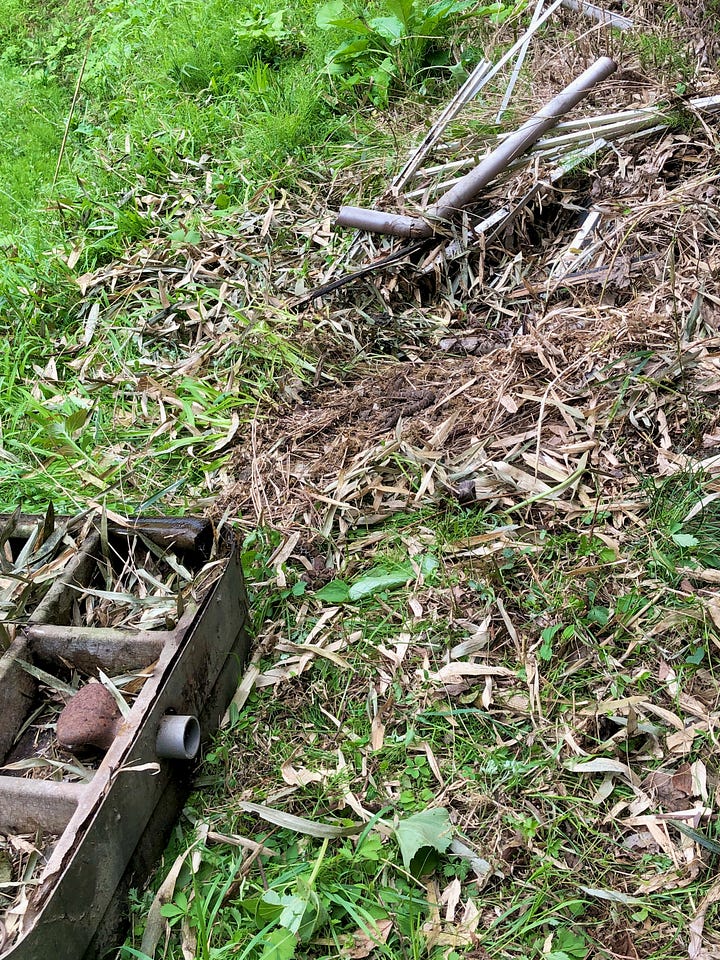
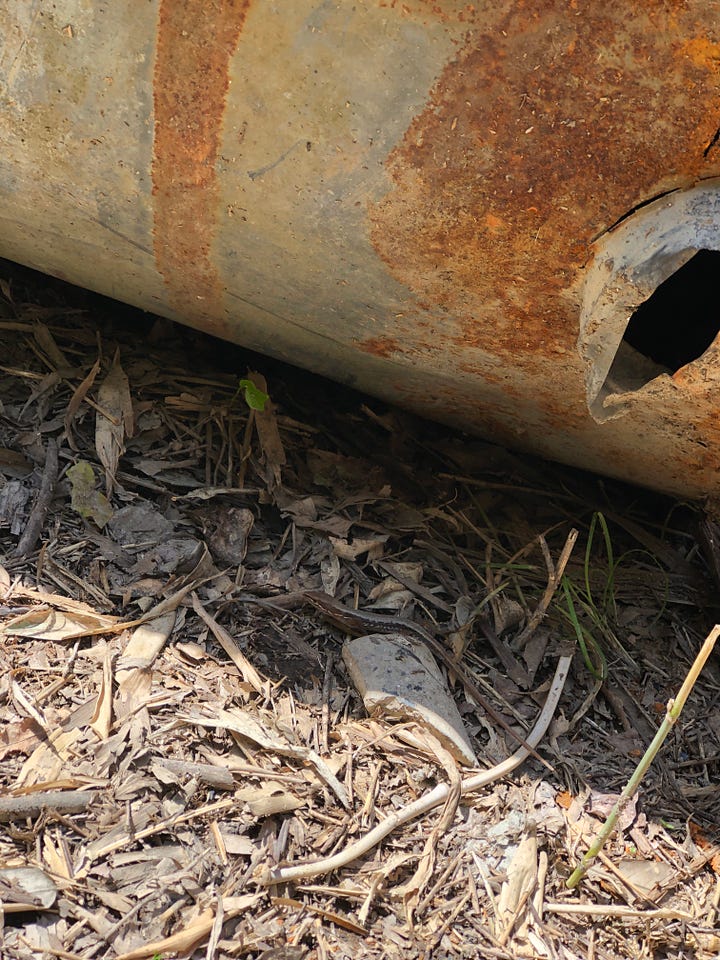
In addition to the vast but forgotten ecosystems that exist before our eyes, I’ve gained a greater appreciation for something else we often take for granted and even look down upon: trash collectors.
Since the 3D scan was a big expense and a one-time camera shoot, the site had to be as clean as possible. I removed over one hundred bags of trash and nearly one ton of scrap metal that the previous owners left. I was so desperate to get the ever-increasing mountain of trash bags out of my house that, as a customer of trash disposal services, I would have been happy to pay an extra inconvenience fee for the sheer volume I was amassing.
On trash day, I stuffed the neighborhood collection area to the brim and drove away nervously, hoping the collectors would accept my trash. When I drove past later in the afternoon, the bags had disappeared and no warning notices had been posted. The trash collectors were simply doing their jobs, but from my elated perspective, they had taken a great burden off my shoulders for just 80 yen per bag.
I brought a truckload of trash to the collection area four more times, and every time it happened, I couldn’t believe that they would just take it away. Disposing of trash is much like flushing the toilet. We do it every day, and so we tend to forget how miraculous of a system it really is. Since I’m working on a piece of land that has no cement road, water, or electricity yet, I’ve become forced into awareness about the value of these modern comforts.
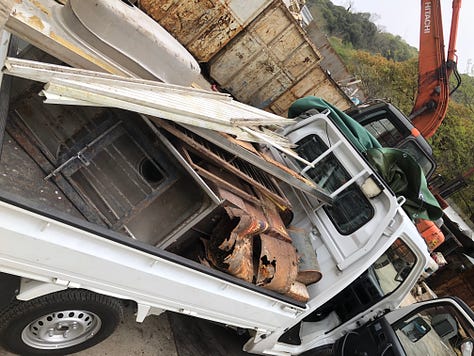
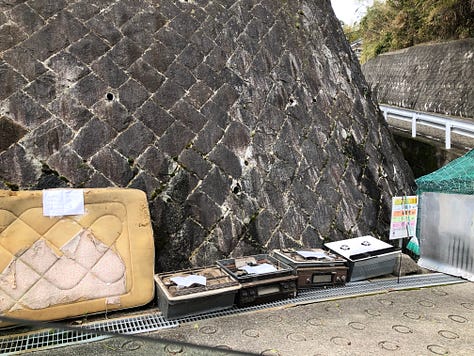
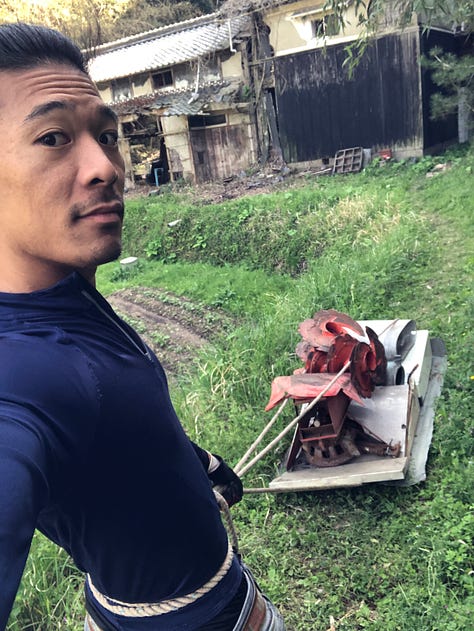
I’m sure that this is only the beginning of the stories that I’ll have to tell once the renovation enters full swing.
Now that the design work is ready to commence and the clean-up is finishing up, I’ve been returning my attention to the principles and tactics of homebuilding. So please enjoy this episode of the Local Japan podcast as we explore the Bible of timber framing, Building the Timber Frame House: The Revival of a Forgotten Art by Tedd Benson.
Books Mentioned In This Episode:
When you purchase a book (or anything on Amazon) with the links below, you support me and the podcast at no extra cost to you:
Building the Timber Frame House: The Revival of a Forgotten Art
Learn to Timber Frame: Craftsmanship, Simplicity, Timeless Beauty
The Genius of Japanese Carpentry: Secrets of an Ancient Woodworking Craft
Passive House Details: Solutions for High-Performance Design
Links to More Resources:
13 Essential Joints Listed in the Book:
Mortise and Tenon
Shouldered Mortise and Tenon
Anchor-Beam Joint
Knee-Brace Joint
Scarf Joint
Housed Dovetail
Tusk Tenon
Dovetail
Corner Joints at Sill
Joints at Rafter Feet
Tongue and Fork
Collar-Tie Joint
Framed Overhang







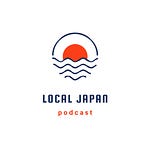
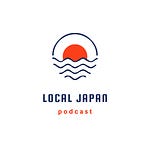
Share this post